Cabinetry lighting
In-cabinet lighting products are used to illuminate the interior of cabinets, cupboards, closets, drawers, and other enclosed spaces. Cabinetry lighting is an essential component of a layered lighting design composed for residential, hospitality and commercial spaces where cabinets and shelves are installed. Cabinetry lighting involves the use of three types of light fixtures, which include under-cabinet lights, in-cabinet lights, and shelf lights. Under-cabinet lights are added to the underside of cabinets to provide task lighting on the countertops that supplement the overall ambient lighting for the space. Shelf lights provide localized lighting to illuminate tighter spaces inside the storage and display shelves. They are often used as accent lights to enhance the appearance of objects on display.
Types of cabinet interior lights
What’s often overlooked, however, is cabinet interior lighting. Storage furniture with doors and/or drawers often creates dark cavities which make it challenging to keep things organized. In-cabinet lighting is equally as important as under-cabinet and shelf lighting. Cabinet interior lights come mostly as low voltage fixtures in linear and puck styles. Linear cabinet lights are available in several variants, including flexible LED strip lights, LED aluminum profiles, and light bars.
LED strip lights
LED strip lights, also known as LED tape lights, give the flexibility to bend, cut and extend in field for the application of your choice. The ultra-thin design allows the light strips to be concealed in the tiniest of cabinets. These DIY-friendly and low-voltage safe products are the most cost-effective solution for in-cabinet lighting applications where the lights are installed to be hidden from view.
LED strip lights are often incorporated into aluminum extrusions to create a more finished look and cleaner styling when compared to the unhoused PCB. These assemblies of flexible LED tapes and aluminum extrusions are called LED profiles. Aluminum channels are used as housings that protect the light strips and accommodate secondary optics to optimize light distributions. They also serve double duty as the heat sinks which significantly improve the fixture’s ability to draw heat away from the LED junction. The addition of aluminum housing allows for the use of high density LED strips which require a robust thermal path. Aluminum extrusions may be designed in whatever configuration required for a particular application. They’re available in rounded, triangular, rectangular, and customized shapes. Aluminum extrusions can be constructed with strength and rigidity that are required by some applications, such as hanger lights used in wardrobes.
LED light bars
LED light bars or integrated linear fixtures designed for cabinetry lighting applications are built with LED modules fabricated from metal core printed circuit boards (MCPCBs). They’re intended for installation in a specific in-cabinet lighting application (e.g. drawer lighting) and usually offer light distributions and/or lumen packages not available with standard LED strips. LED light bars are frequently linkable modular systems that allows continuous linear or spaced linear installations. These fixtures are generally surface mounted.
Puck lights
Puck style lights are usually round and compact. They are either surface or recess mounted to large storage cabinets, wardrobes and closets. Since these lights are located within the field of view, visual comfort is a design priority. Puck luminaires are divided into backlit and edge-lit types which are both designed with a purpose to soften the harsh light from LEDs. A backlit puck light reduces glare and spreads light with a diffuser, whereas an edge-lit light mounts LEDs alongside the housing and makes use a compound optical system to create soft, uniformly distributed light.
Wiring options
The two basic options for wiring cabinet interior lights are hardwire and plug-in. The plug-in design can make installation a much simpler process and hence is more popular than the hardwired option. Low voltage LED lights are wired to a remote constant voltage power supply (LED driver) that converts high voltage alternating current (AC) electrical power to 12 or 24 volt direct current (DC) electrical power. The luminaire itself is equipped with on-board current regulators which regulate the current through the individual strings or LEDs for consistent light output. Cabinet interior lights can be installed individually or connected to run from a single driver. When connected in a series string, the number of lights is determined by the output rating of the driver. Dimming control of the LED lights will need a driver that can interact with incandescent, magnetic low voltage or electronic low voltage dimmers, or interpret control signals from a 0-10V, DALI or wireless system. Cabinet interior lights can also be battery-powered systems, which makes fixture installation a breeze.
Sensor-based control
Cabinet interior lights are often sensor-integrated, allowing for automatic lighting control and maximizing energy savings. Proximity sensors provide remarkable convenience with the wave of a hand. Touchless switching control is particularly suited for use in environments that that require high hygiene standards. Door sensors automatically trigger the lights on when the cabinet door or drawer is opened. Passive infrared (PIR) occupancy sensors tuned for walking-size motion automate lighting based on the motion of persons passing through its detecting area. Daylight sensors (photocells) allow cabinet interior lights to be kept off if there is sufficient ambient light.

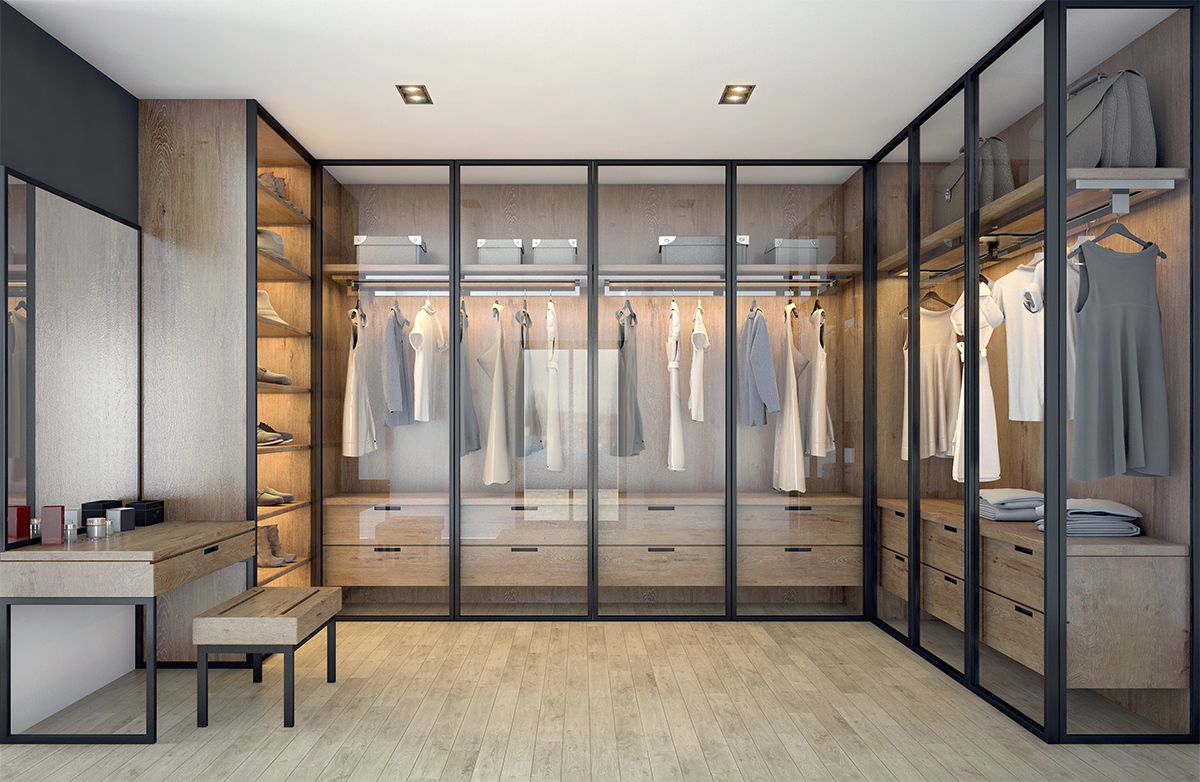
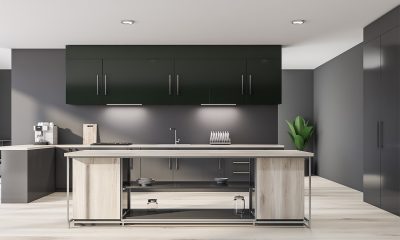
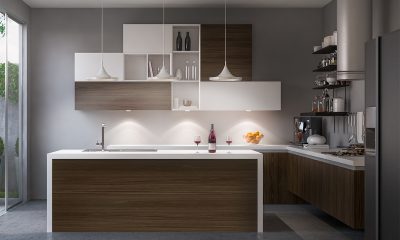
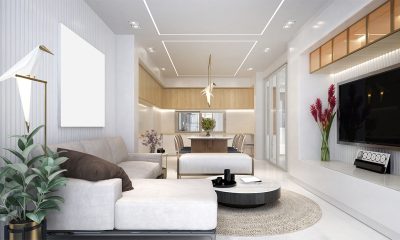
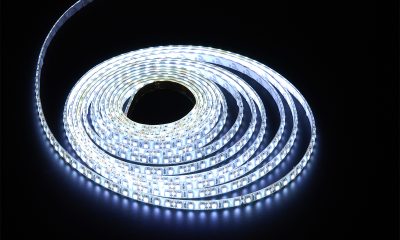
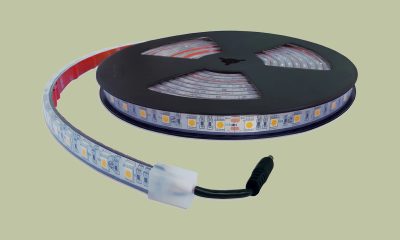
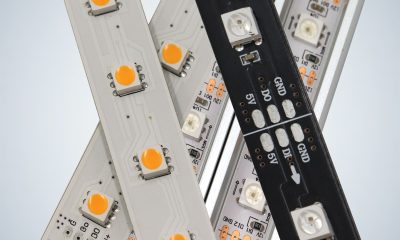
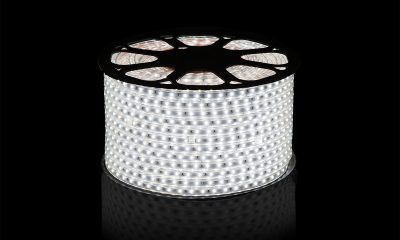
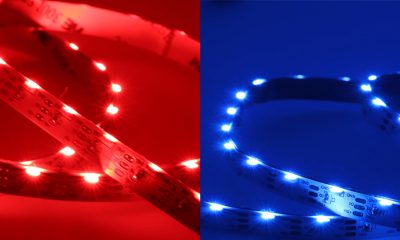
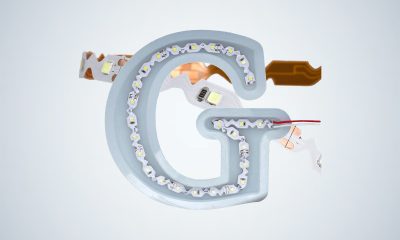
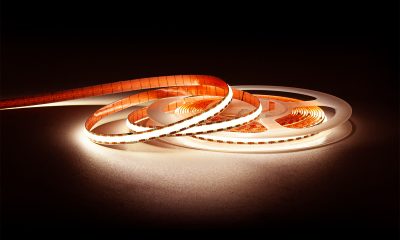







Loading...